This article was co-authored by Carlotta Butler, RN, MPH. Carlotta Butler is a Registered Nurse in Arizona. Carlotta is a member of the American Medical Writers Association. She received her Masters of Public Health from the Northern Illinois University in 2004 and her Masters in Nursing from the University of St. Francis in 2017.
There are 14 references cited in this article, which can be found at the bottom of the page.
This article has been viewed 26,648 times.
To grow strong and healthy, children need to get all their vitamins and nutrients. The B vitamin family keeps energy levels high, ensures a healthy heart, and assists the nervous system. Feeding kids vitamin B isn’t hard as long as they are getting a nutritionally balanced diet. The three main types of vitamin B — B6, B12, and B9 (folate) — are found in a wide range of foods. A diet with adequate amounts of fruits, vegetables, and whole grains is the best way to ensure your child gets enough vitamin B. If your child is having trouble getting enough vitamin B, consult a medical professional about adding some vitamin B supplements to your child’s diet.
Steps
Providing Enough Folate
-
1Feed your child vegetables high in folate.[1] Many vegetables are rich in folate. Asparagus, spinach, Brussels sprouts, and avocado all contain significant amounts of folate. Feed your child these foods to keep their folate levels high.
- For instance, ½ cup of black-eyed peas contains about 100 micrograms (mcg) of folate.
- ½ cup of boiled spinach contains about 133 mcg of folate. To incorporate broccoli into your child’s diet, try putting a cup into a green smoothie along with milk, ice, spinach, dates, and strawberries. You could also mix it into macaroni and cheese for a tasty, cheesy broccoli experience.
- Brussels sprouts are also a good candidate for smoothies or mac and cheese. Alternately you could dice them and put them in a light summer salad. Mix the sprouts with lettuce, dried cranberries, walnuts, blueberries, and a drizzle of strawberry balsamic dressing. Your child will love the fresh, crisp salad.
-
2Serve your child grain products. Bagels, pasta, and other products made with enriched or whole grain flour contain significant amounts of folate. For instance, ½ cup of enriched egg noodles contain 138 mcg of folate. A plain bagel contains approximately 101 mcg of folate.
- Kids love bagels or toast with jam.
- Look for whole grain waffles. Serve them to your child with fruit and maple syrup for a delicious breakfast.
Advertisement -
3Provide your child with protein. Black-eyed peas, lentils, chickpeas, and beans all have high levels of folate (lentils for instance contain about 479 mcg per 100 g). These vegetarian protein sources are the best choice to ensuring your child obtains vitamin B from protein.
- You can’t go wrong with beans and rice. Mix some barbecue sauce into the beans to give them a bit of tangy sweetness.
- Bean or lentil soup is perfect for hungry kids on a chilly winter day.
- Beef liver, lamb liver, and chicken or turkey liver has high levels of folate, too (around 212 mcg). Be aware that liver meat tends to have high levels of vitamin A, which has been linked to bone disease.[2] In order to avoid potential negative health impacts, only give your child liver meat once a week or less. Stick to the vegetarian protein options.
-
4Give your child the right amount of folate.[3] Children of different ages require different levels of folate for good health.
- Babies under six months old require 65 mcg of folate each day
- Babies seven to 12 months old require 80 mcg of folate each day
- Toddlers one to three years old require 150 mcg of folate each day
- Children four to eight years old require 200 mcg of folate each day
- Children nine – 13 years old require 300 mcg of folate each day
- Teens 14 – 18 years of age require 400 mcg of folate daily
-
5Avoid excessive folic acid.[4] Folic acid is the synthetic version of folate that is in multivitamins and supplements. It is also in “enriched” bread, flour, pasta, and other grain-based products. Research shows folic acid can reduce the risk of heart disease and birth defects; however, excessive folic acid might conceal a vitamin B12 deficiency and symptoms of anemia. Excessive folic acid might also be linked to cancer.
- If your child takes a multivitamin with folic acid or vitamin B9, avoid foods fortified with folic acid.
- Enriched bread and flour — compared to regular whole wheat bread and flour — contains over six times the normal amount of folate.[5] With this much folate in the product, you can easily feed your child too much.
- Talk to your child’s physician about the risks associated with consuming excessive folic acid, and work with them to come up with a diet that ensures your child won’t consume too much.
Feeding Your Child Enough Vitamin B12
-
1Feed your child animal products.[6] All animal products contain B12. Find an animal product that your child enjoys and make sure they are getting enough to meet their recommended daily intake. Foods with high levels of B12 include:
- Salmon — A 3 oz serving of cooked salmon contains 4.9 mcg
- Yogurt — An 8-ounce serving of plain low-fat yogurt contains about 1.3 mcg
- Milk — One cup of cow's bilk has about 1.1 mcg
- Cheese — 1 ounce (about one slice) of cheddar cheese contains about 0.2 mcg
- Beef — The amount of B12 in ground beef depends on how lean it is. For instance, a 3-ounce serving of 70% lean ground beef contains 2.56 mcg, while the same amount of 90% lean ground beef contains 2.3 mcg
-
2Offer vegan sources of vitamin B12.[7] Vitamin B12 is one of the only nutrients that cannot be obtained directly from plant sources. Many people worry that they or their children cannot adhere to a vegan diet because they won’t get enough of this important vitamin; however, there are many ways to feed your vegan child vitamin B12.
- Feed your child fortified or whole grain breakfast cereals and fortified milk substitutes. Check the label to ensure it includes B12.
- Give your child nutritional yeast. Nutritional yeast is a deactivated yeast (as opposed to the activated yeast you might use to make bread or beer) that has a wide variety of applications in cooking and baking. Obtain a nutritional yeast recipe book to find lots of ideas for tasty foods your child will love.
- Serve your child meat substitutes. Most vegan hot dogs, sausages, and deli meats are not only good sources of protein, but good sources of B12, too. Check the nutrition label on your substitute meats to find out if they contain B12.
-
3Provide multivitamins.[8] If your child has trouble getting enough B12 in their diet, talk to their physician about providing them with supplements. Multivitamins that include vitamin B12 are an easy way to ensure your child gets enough B12. If you don’t want to give them a whole multivitamin, you could obtain a supplement of vitamin B12 by itself.
- Chewable tablets are best for younger children. Give teens a lozenge or a multivitamin to swallow with water.
-
4Know how much B12 your child needs. Your child will have different vitamin B12 needs depending on their age. The older the child, the more they will need. Once your child becomes a teen, they need as much B12 as an adult.[9] If you are getting sufficient amounts of B vitamins and you are breastfeeding, your infant should get enough. Make sure that if your child is formula-fed the formula has an adequate amount of B12 and other vitamins.
- Babies up to six months old need 0.4 mcg daily
- Babies aged seven – 12 months need 0.5 mcg daily
- Children one – three years old require 0.9 mcg daily
- Children four – eight years old require 1.2 mcg daily
- Children nine – 13 years old require 1.8 mcg daily
- Teens 14 – 18 years of age require 2.4 mcg daily
Giving Your Child Enough Vitamin B6
-
1Give your child animal products.[10] The most concentrated sources of B6 are in animal products like beef, chicken, turkey, and fish. Eggs and dairy are also rich in vitamin B6.
- Add fish to your kid’s diet to help them get an adequate amount of vitamin B6. Even kid-friendly fish sticks contain enough to make a difference (about 0.4 mg).
- Many kids enjoy scrambled eggs and toast with jam. Try giving this classic combo to your child to ensure they get enough vitamin B6. One egg contains around 0.121 mg of B6.
- Like folate (vitamin B9), animal liver is a good source of B6 (3-oz of beef liver contains about 0.5 mg), but should be fed to your child sparingly so as to avoid negative health impacts.
-
2Feed your child produce rich in vitamin B6. Many vegetables provide a natural source of vitamin B6. For instance, carrots, corn, spinach, beans, and lentils are all great sources of B6. Bananas are the one fruit with a notable level of B6 — a small banana contains 0.37 milligrams of B6.[11]
- Nuts and sunflower seeds also contain high levels of B6. Peanuts contain about 0.5 mg per cup, while sunflower seeds contain about 1.9 mg per cup.
- Instead of chips and cheesy treats as an after-school snack, try giving your child nuts and granola with raisins. Kids love this crunchy mixture, and it will give them plenty of B6.
- Banana slices on toast with peanut butter makes a great breakfast or after-school snack.
- Instead of using cow’s milk in your child’s cereal or hot chocolate, you could try soy milk. This is a great source of B6 (about 0.2 mg per cup) and also has lower levels of cholesterol.
-
3Feed your child whole grains. Whole grain foods are those which include all three parts of the grain — the germ, endosperm, and bran. Foods made with whole grains contain B vitamins — including B6 — that refined grains do not.[12] Identify grain-based products that your child enjoys like waffles, bread, sandwiches, and cereal. Give your child these foods to ensure they get their vitamin B6.
- A second option is to eat enriched grains which have B6 and other B vitamins added back into the mix; however, enriched grains have different proportions of the B vitamins than originally existed in the grain. Whole grain products are considered the best.
- Brown rice is another grain that you can give your child to help them meet their B6 needs (about 0.3 mg per cup). Try making brown rice with sautéed vegetables in teriyaki sauce, or brown rice pasta in a rich alfredo sauce. Brown rice works well in tacos, too.
-
4Give your child a supplement.[13] Like other B vitamins, B6 is available as a standalone supplement. You can get B6 in capsule form or in liquid form.
- Be sure you get the children’s version of B6 so that your child doesn’t get the wrong amount.
- If you feed your child liquid B6, follow the directions to ensure he or she receives the correct dosage.
-
5Ensure your child is getting the right amount of B6.[14] Your child should start out with a relatively small amount of B6 in his or her diet. As they age, their B6 intake will increase. As men and women become adults, their levels of B6 begin to vary slightly.
- Babies up to six months old need 0.1 mg daily
- Babies seven – 12 months old need 0.3 mg daily
- Children one – three years old require 0.5 mg daily
- Children four – eight years old require 0.6 mg daily
- Children nine – 13 years old require 1 mg daily
- Teenage girls require 1.2 mg daily, and teenage boys need 1.3 mg daily
- It is almost impossible to get too much vitamin B6. As long as your child is not consuming more than their recommended daily caloric intake and not swallowing B6 supplements by the handful, they will not get too much vitamin B6.
Warnings
- Large doses of some B vitamins can cause headaches, dizziness, weakness, diarrhea and other adverse side effects.⧼thumbs_response⧽
- Always discuss supplements with your family doctor before giving any to your children. The doctor will help you decide whether or not your child actually needs a vitamin B supplement and can give you other tips on how to get the vitamin into your child's diet.⧼thumbs_response⧽
- If you give your child gummy vitamins, be sure to monitor their intake, as sometimes children think they are candy.⧼thumbs_response⧽
References
- ↑ https://www.hsph.harvard.edu/nutritionsource/folic-acid/
- ↑ http://www.dailymail.co.uk/health/article-361719/Eat-liver-risk-bone-disease.html
- ↑ https://ods.od.nih.gov/factsheets/Folate-HealthProfessional/
- ↑ https://www.hsph.harvard.edu/nutritionsource/folic-acid/
- ↑ http://wholegrainscouncil.org/whole-grains-101/whats-whole-grain-refined-grain
- ↑ https://www.nhs.uk/conditions/vitamins-and-minerals/vitamin-b/
- ↑ https://www.nhs.uk/conditions/vitamins-and-minerals/vitamin-b/
- ↑ http://www.pcrm.org/health/diets/vegdiets/dont-vegetarians-have-trouble-getting-enough
- ↑ https://ods.od.nih.gov/factsheets/VitaminB12-Consumer/
- ↑ https://www.hsph.harvard.edu/nutritionsource/vitamin-b6/
- ↑ http://healthyeating.sfgate.com/much-b6-banana-6191.html
- ↑ http://wholegrainscouncil.org/whole-grains-101/whats-whole-grain-refined-grain
- ↑ https://ods.od.nih.gov/factsheets/VitaminB6-HealthProfessional/
- ↑ https://ods.od.nih.gov/factsheets/VitaminB6-Consumer/
- ↑ https://ods.od.nih.gov/factsheets/VitaminB6-HealthProfessional/
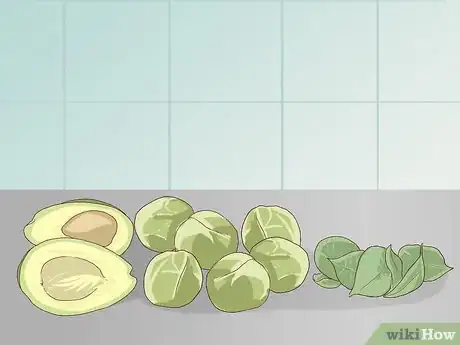
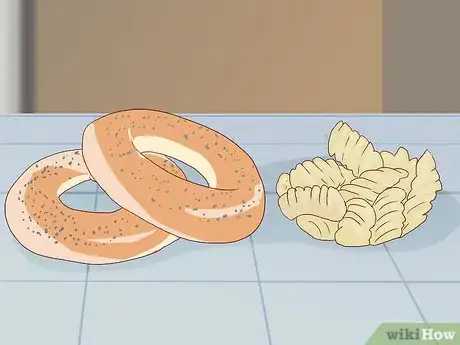
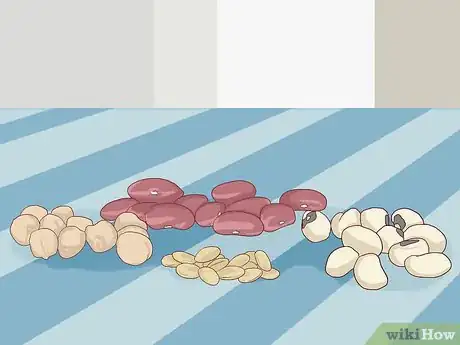
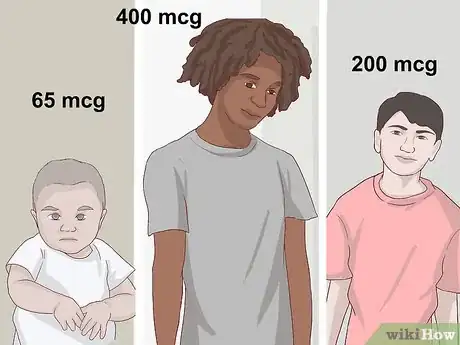
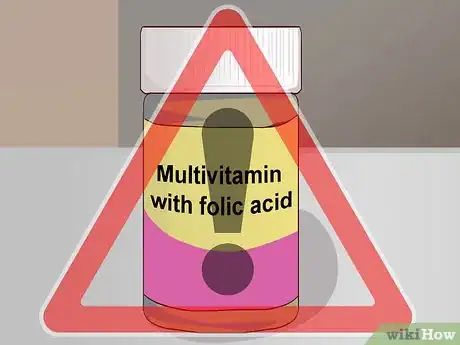
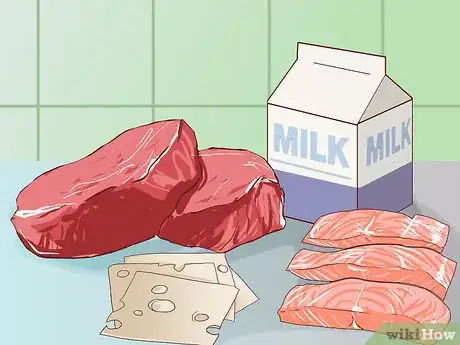
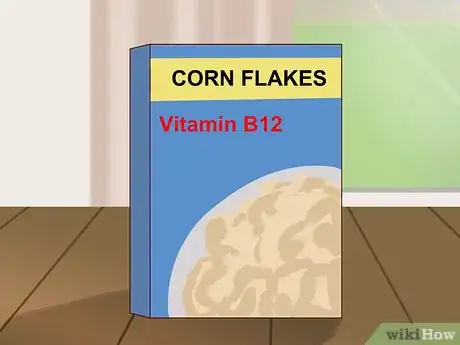
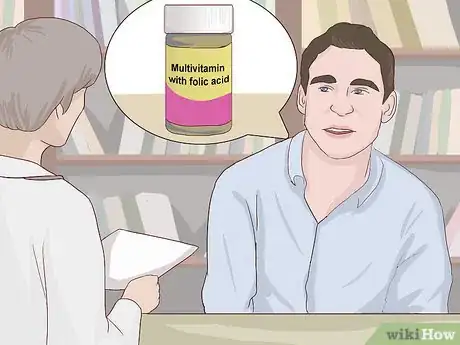
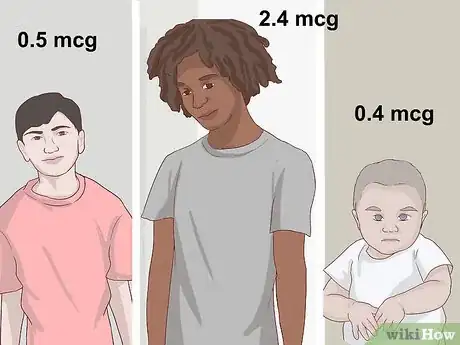
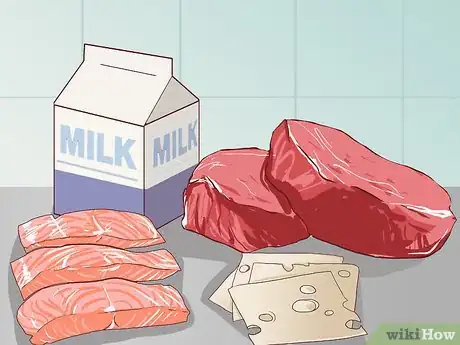

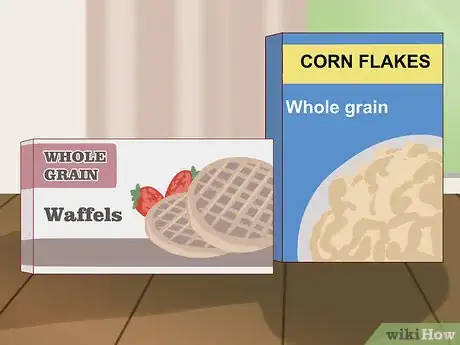

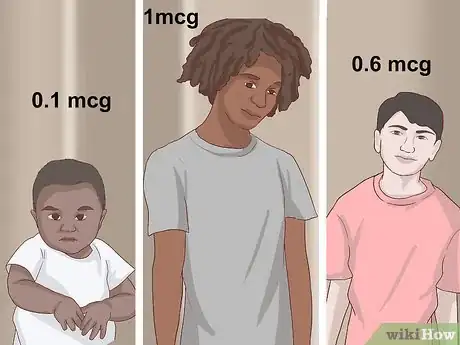


















































Medical Disclaimer
The content of this article is not intended to be a substitute for professional medical advice, examination, diagnosis, or treatment. You should always contact your doctor or other qualified healthcare professional before starting, changing, or stopping any kind of health treatment.
Read More...